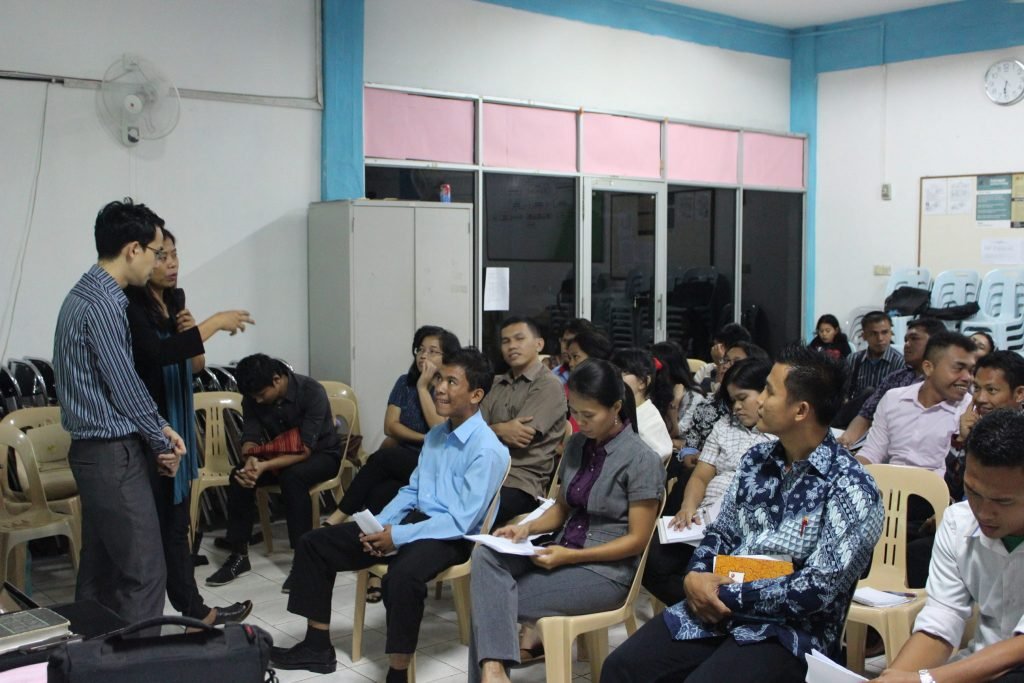I have been a professional speaker for 12 years and have spoken to audiences in countries that do not speak English as their first language.
After making many personal mistakes and also watching how other speakers became really good on stage, here are some tips that will help you to be really successful in delivering your speech and working with your translator.
1. Talk to your translator about what you are going to share
Do not assume that just because you have a translator, he/she will understand everything you say. You need to give some time to a translator to get used to your accent and the ideas of your talk.
Share the broad picture and the exact stories you will use. Check if there are any specific words or punch lines that you use that might not be easily understood by your audience.

2. Simultaneous or Consecutive Interpretation
You have to check how the translator will translate your message. Is it simultaneous (which means when you speak, they will translate in real-time) or is it done consecutively? If yours is the latter, you will probably need to cut your talk by half.
3. Energy level of your translator
If you are a highly energetic person who moves around the stage or waves your hands around, you will need to brief the translator to do the same. It is incoherent to see an energetic speaker with a not-so-energetic translator. Remember that your translator is not you and you have to manage your expectations.
4. Show images, lesser words in your presentation

Image Credit: Pexels
I shake my head when some speakers put so much text on a slide that only they can read and not the audience. Go the extra mile and translate it into your audience’s language. Or you can also show a picture instead and anchor your ideas to it.
5. Avoid colloquialisms or phrases that your culture uses
In almost every conference that I speak, I notice that there will be other speakers who use words/phrases that their culture understands. Avoid it totally because you have an uphill task of trying to teach them what it means. Be audience-centric and ask for local examples and what would be easily understood in their culture.

I recall once in Myanmar, I was trying to share the idea of a continuum (a scale of 1 to 10) with a group of leaders who had farming experience. To help them understand easily, I shared an example of swimming and asked them to rate themselves where they were on a scale of 1 to 10.
I explained to them the different points of a scale and allowed them to choose where they stood. I wasn’t teaching about swimming but it was really easy for them to understand and that example helped me explain the concept of a continuum.
6. Use hand signals with your translator
Allow your translator to give you a hand signal if you are speaking too fast or too softly. This will help him/her deliver a clearer message and also allow you to pace yourself.
What other tips do you have when working with translators? Please share your thoughts in the comments section below, as I learn just as much from you as you do from me.







